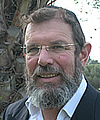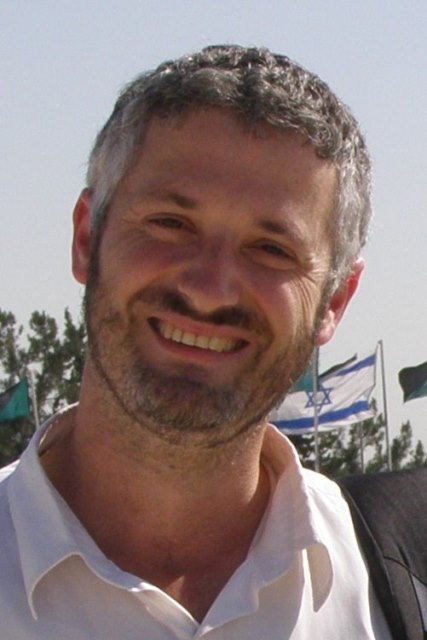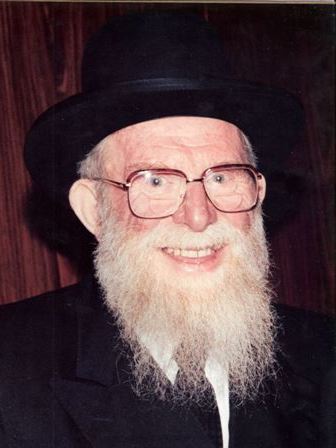The Mishkan as a Continuation of Ma'amad Har Sinai
הרב זכריה טובי
ראש הכולל
It is not by chance that the Torah juxtaposes the portion of the Mishkan (Parshat Teruma) to the portion of Ma'amad Har Sinai (Parshat Yitro). Rather, the Mishkan is the necessary continuation of Ma'amad Har Sinai. How is this?
It says about Mt. Sinai: "The glory of Hashem rested on Mt. Sinai" (Shemot 24:16), and it says about the Mishkan: "Moshe and Aharon came to the Tent of Meeting ... and the glory of Hashem appeared to the entire people." (Vayikra 9:23) The "glory of Hashem" is the Divine Presence, so that the very same Divine Presence that descended upon Mt. Sinai was carried over to the Mishkan. The Ramban writes in his commentary to the Torah (Shemot 28:1):
The secret of the Mishkan is that the glory that rested upon Mt. Sinai rests upon it in a hidden manner. Just as it says: "The glory of Hashem rested on Mt. Sinai," and it says, "Behold! Hashem, our G-d, has shown us His glory and His greatness" (Devarim 5:21) – so, too, it says about the Mishkan: "The glory of Hashem filled the Mishkan." ... The glory that was revealed to them at Mt. Sinai was always with Israel in the Mishkan.
When Moshe would come, the speech that spoke with him at Mt. Sinai would come to him, as it says at matan Torah: "From heaven He caused you to hear His voice in order to teach you, and on the earth He showed you His great fire" (Devarim 4:36) – so, too, it says regarding the Mishkan: "When Moshe arrived at the Tent of Meeting to speak with Him, he heard the Voice speaking to him from atop the Cover ... from between the two Cherubim." (Bamidbar 7:89)
R. Bachya adds (Bamidbar 7:89)
You already know that the glory that descended at Mt. Sinai is what was carried over to the Mishkan. Just as [G-d] descended on Mt. Sinai with groups of angels – so, too, Israel when the Mishkan traveled are made into groups. Just as He bounded Mt. Sinai and said, "No hand should touch it" – so, too, He bounded the Mishkan: "A foreigner who comes close shall be put to death." The same is true here; when they completed the dedication of the Altar and set up the Mishkan they offered twelve sacrifices – correspondingly, at Mt. Sinai Moshe built twelve pillars for the twelve tribes of Israel ... Just as it says here, "When Moshe arrived at the Tent of Meeting to speak with Him" – correspondingly [it says] in Sinai: "When Moshe came before Hashem to speak with Him, he would remove the mask."
Thus, the Mishkan is the direct continuation of the dwelling of the Presence that was at Sinai. It says at ma'amad Har Sinai: "Israel encamped there" – as one person with one heart. This is the day that we were made into a nation whose common denominator is the Torah. This is the uniqueness of Am Yisrael, since "Our nation is a nation only with its Torah." The Torah that was given at Sinai is the testimony to the uniqueness of Am Yisrael; it is what was placed in the Ark that was in the Holy of Holies. The Mishkan was built for the purpose of the Torah, as the focal point of the Mishkan was the Ark, in which the Tablets were placed. From there G-d spoke with Moshe, as it says, "It is there that I will set My meetings with you, and I shall speak with you from atop the Cover." (Shemot 25:22)
The sanctity of Mt. Sinai left, but this sanctity carried over to the Mishkan, and through the Mishkan it moved over to the Temple in Yerushalayim – the place that unites all of Klal Yisrael: "Like a city that is united together." (Tehillim 122:3) The Rambam writes in Hil. Beit Habechira that the goal of the Temple is to unite Am Yisrael through the pilgrimage on the three festivals. The service of each Jew also has to be directed to the Temple: "So that all of Israel direct their heart to one place." There is no individual service of Hashem, only communal service of Hashem: "Talpiyot – the hill that all mouths turn to." (Berachot 30a)
This is the reason that it is prohibited to use metal in making the Temple, because metal is the symbol of violence and wars – it divides, whereas the Beit Hamikdash is the center of wholeness and peace. Thus, metal cannot be a part of the building of the Temple, because its very nature contradicts the goal of the Temple – to unite.
The Ark – in which are placed the Luchot and the Torah, which is the focal point of the Temple – has incomplete measures: "Two and a half cubits its length, and a cubit and a half its width, and a cubit and a half its height." (Shemot 25:10) Only through joining the half is the Ark complete. Similarly, the Torah without Israel or Israel without the Torah are only half, and only through joining together is there complete service of Hashem.
The most serious transgression during the days of the First Temple was the offering at bamot. One who builds a bama for himself and separates from the service of Hashem in the Temple, separates himself from Hashem and from Israel, and this causes the disintegration of the nation: "The people still slaughtered and burnt sacrifices at the high places." (Melachim I 22:44) Similarly, the Temple, which is for the public – has to be built by the entire community: "from every man whose heart motivates him you shall take My portion." (Shemot 25:2) In the future the Temple will unite the entire world, as it says: "My House will be called a house of prayer for all the peoples." (Yeshaya 56:7)
קוד השיעור: 3696
(Translated by Rav Meir Orlian)
לשליחת שאלה או הארה בנוגע לשיעור:






 (1).jpg)